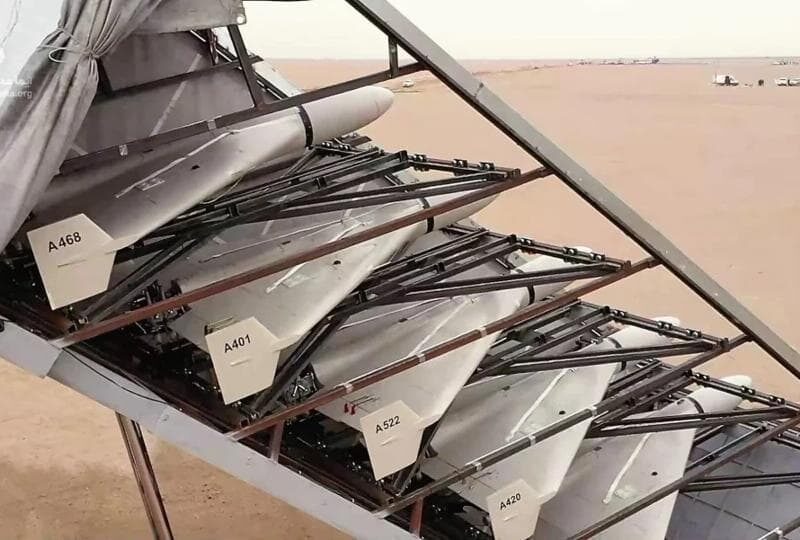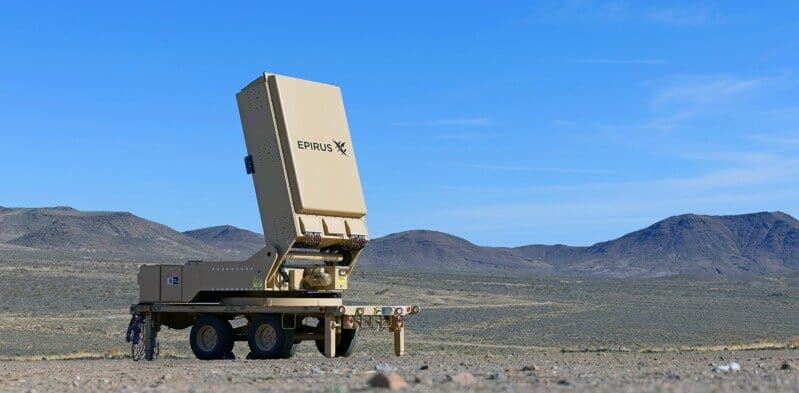Within the framework of the IPS-HPM program, the US Army allocated an envelope of $66m to the Epirus Leonidas program for the development of its microwave gun.
Long-range suicide drones like prowl munitions have unquestionably been one of the most significant technological military revelations in recent years.
Easy and economical to produce, with a high destructive capacity, a range that can exceed 2000 km and near-metric precision, these drones represent a weapon with strategic capability once produced in large quantities, even for a country that does not have very significant resources.
And if the term "Game Changer" is often overused and used wrongly in terms of weapon systems, it unquestionably applies to these new light drones, as it is now difficult to protect yourself from them. , and that they confer on their holders means of action that were, until then, out of their reach.
Due to their relatively slow flight path and speed, these drones are not fundamentally difficult to intercept. But their low unit cost, around $20.000 for the Iranian Shahed 136 used massively by Russia in Ukraine, makes it possible to carry out massive attacks that saturate conventional defense systems, or exploit their weaknesses.
Much less expensive than the anti-aircraft missiles which today provide the bulk of Western defence, they can also quickly saturate the capacities of these systems, or quite simply empty their ammunition stocks.
To deal with this, the Ukrainians are now deploying an increasing number of anti-aircraft artillery systems, whether guided by radar like the German Cheetah, or controlled by operators, like the numerous Bofors and Oerlikon guns sent in recent months. by the West to protect critical infrastructure against these threats.

Beyond conventional anti-aircraft guns, most of the world's major armies are developing directed energy weapons to respond to this threat. The American armies have taken a significant lead in this field, with for example the Helios laser system which already equips some US Navy ships, or the SHIELD airborne laser system developed by the US Air Force.
But it is unquestionably the US Army, through the Indirect Fire Protection Capability program, which is the most dynamic in this field, with the 50 Kw Guardian laser system mounted on a Stryker armored vehicle currently being tested, the 300 Kw Valkyrie IFPC-HEL heavy laser system to deal with larger targets such as cruise missiles, and the heavy IPFS-HPM microwave cannon.
Together with these systems, the US Army has just allocated a budget of $66 million to the company Epirus to develop prototypes of its Leonidas directed electromagnetic pulse anti-drone system, specifically designed to eliminate large numbers of light drones from a portion of the sky, while evading nearby friendly systems.

The rest of this article is for subscribers only
The Classic subscriptions provide access to
all articles without advertising, starting at € 1,99.
Newsletter subscription
Register for the Meta-Defense Newsletter to receive the
latest fashion articles daily or weekly


[…] […]